The section Autopédia da Razão Automóvel presents you today with the various suspension architectures that work under our cars.
Responsible for the car's damping and balance control, suspensions play a decisive role in the car's behavior and comfort. Some more elaborate than others; some more concerned with comfort; others with performance. So let's try to understand what distinguishes them.
There are therefore six main types of suspension:
1- Rigid Shaft or Torsion Bar
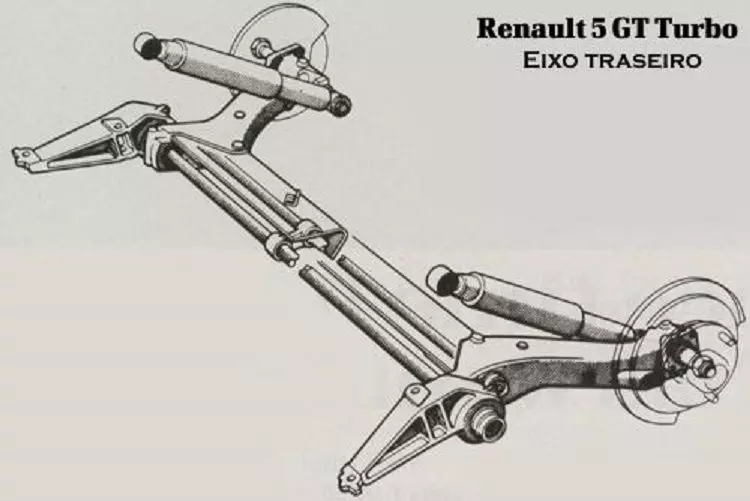
This system is always used on the rear axle. In a rigid axle suspension, the left and right wheels are connected by a single axle. Thus, movement on one side affects the other, making it easier to lose contact with the road. The axles and their supports are heavy, increasing the car's suspended mass. However, as it is cheap to produce and quite strong, rigid axle suspension is often used for the rear suspension of entry-level cars.
2- Independent Suspension
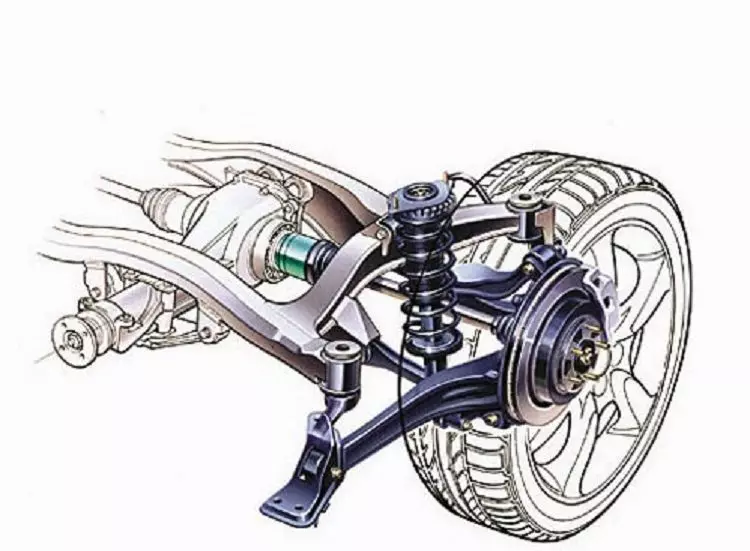
Independent suspension allows the left and right wheels to move individually, which is great for dealing with bumps and potholes on national roads. In the case of a rear-wheel drive car, it also helps to transmit power more effectively to the left and right wheels. The system is lightweight, stable and provides a comfortable ride. However, it is a system that does not take advantage of the tire capacities as well as the double wishbones.
3- MacPherson Suspension
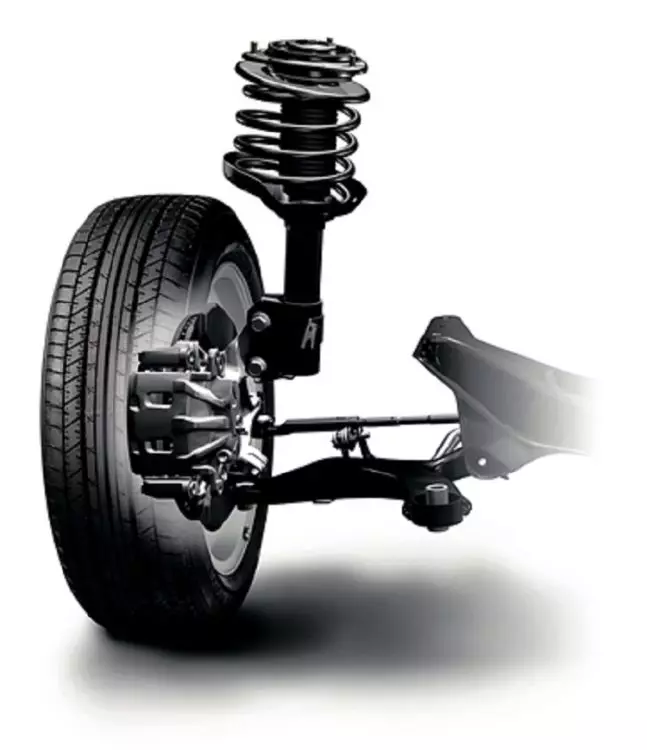
A simple suspension system consists of a spring, a shock absorber and a low control arm. The column refers to the shock absorber itself, which also supports this type of suspension. The upper part of the shock absorber supports the body with a rubber support, and the lower part is supported by the triangle. Because it has fewer parts, the weight is lower and, consequently, it has a good displacement. Vibration can be absorbed to a large extent. The system was designed by Earl S. MacPherson, hence its name.
4- Double triangle
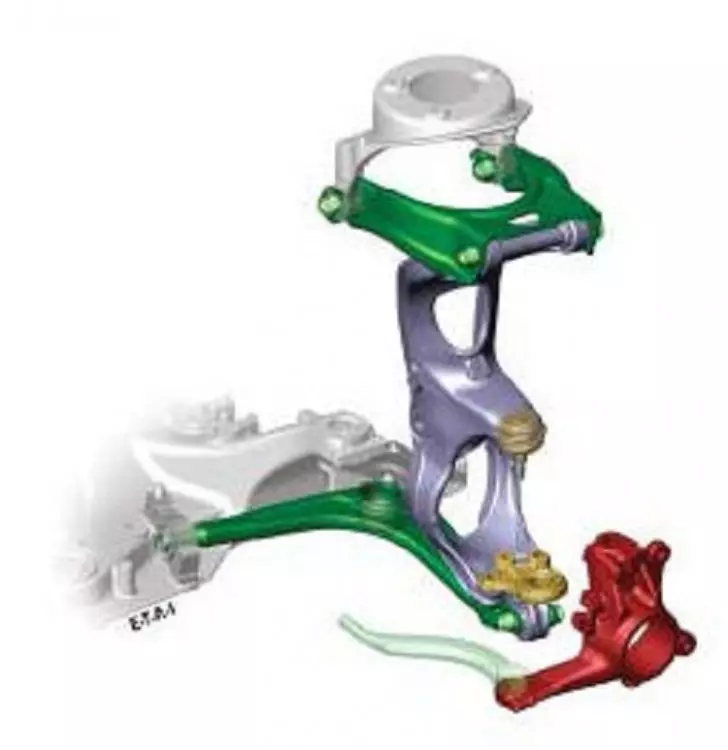
A design that supports the wheels on an upper and lower arm together. The arms are usually shaped like a “V”, like a triangle. Depending on the shape of the arms and the traction of the car, you can control changes in the car's alignment and position during acceleration, with relative ease. It's also very rigid, making it a popular choice for sports cars looking for control and stability. However, it has a complicated construction and uses many parts, in addition to taking up a lot of space.
5- Multilink
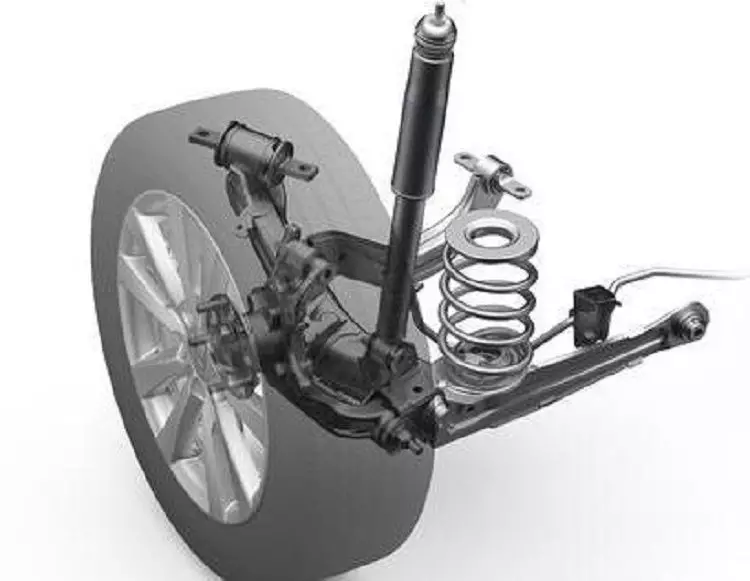
It is an advanced double wishbone system, which uses between three and five arms to hold the axis position, rather than two arms. These are separate and there is a lot of freedom with regard to placement. The increased number of arms allows you to handle movement in many directions and keep the wheels in contact with the road surface at all times. This type of suspension is often used in the rear suspension of high performance front wheel drive cars to maintain stability and high speed, and in rear wheel drive cars with a lot of power to maintain traction.
